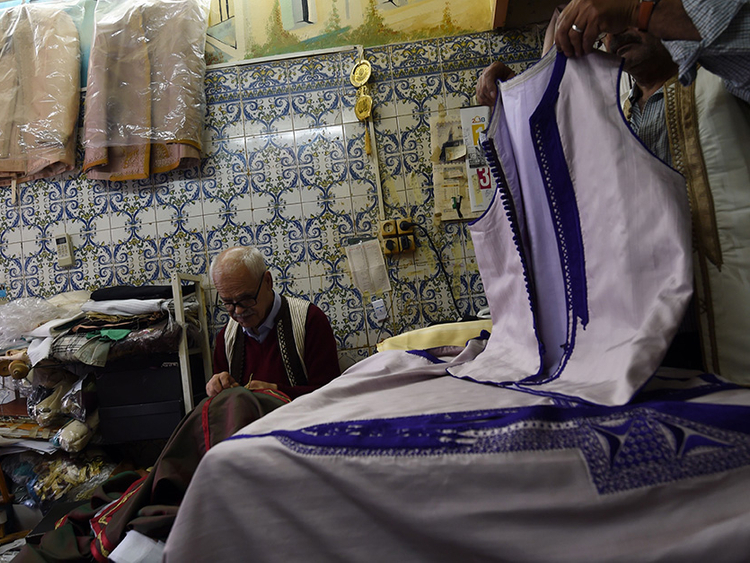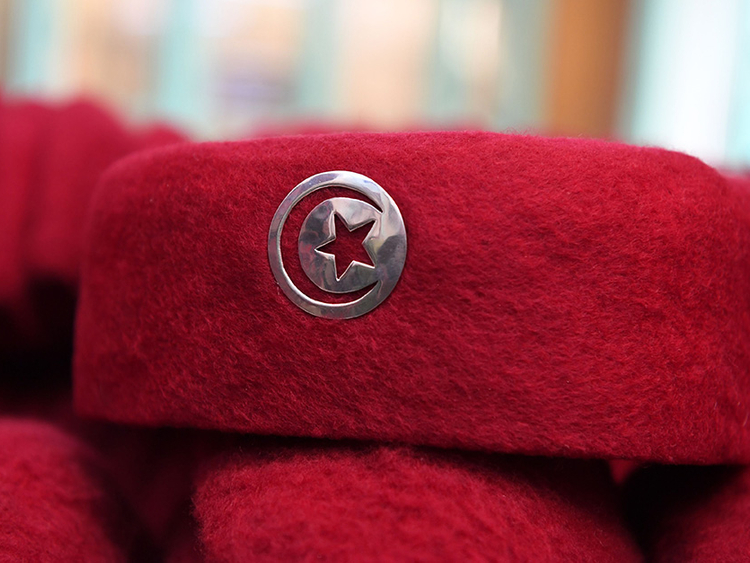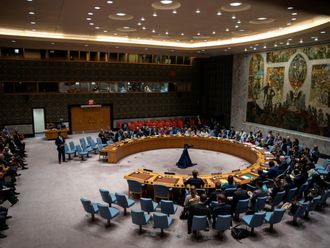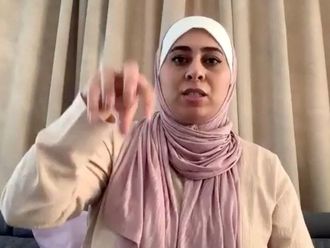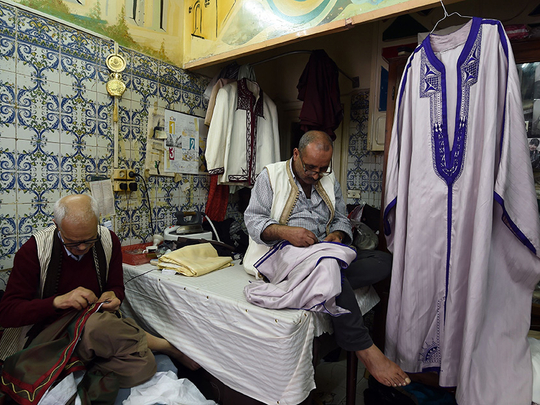
Dubai: They cried foul. The entire Tunisian football team’s official attire to the World Cup was to be a drab black suit.
But then the team was caught offside. The whistle rang: this had to be stopped.
Tunisians were not happy with the monotone suit — the country had more vibrant, traditional attire to proudly showcase for the world stage.
So now, between the corridors of the old city of Tunisia, tailors are seen caught up in embroidering traditional outfits for a World Cup team.
بين أروقة المدينة القديمة في تونس العاصمة، ينكب خياطون على تطريز "الفرلمة" و"الجُبة" و"الشاشية"، التي ستشكل زيا رسميا يمزج بين التراث والحداثة، ليرتديه لاعبو منتخب كرة القدم على هامش مونديال 2018https://t.co/pGPAXHo8BM #افب pic.twitter.com/jHedCMcM1z
— فرانس برس بالعربية (@AFPar) May 29, 2018
The “Jeba” , “Farmla”, and “Chechia” will all be part of the official team uniform that will blend Tunisian traditions and heritage with modernity — which the national squad will be wearing to Russia.
"We were working on the project in the first place (the suits), and after the picture (official players picture), we doubled our efforts to accept a more expressive style of our heritage," Wissam Ben Omar, a designer, said.
National costume
The national costume is not forgotten in Tunisia even in the 21st century. A lot of people still wear traditional garments or separate pieces of a folk outfit in their day-to-day life.
Tunisians love their traditional costumes and are proud of their national heritage. They usually wear traditional clothing for ceremonies, weddings, religious events and national holidays.
The off-pitch attire for the Tunisian team will include the Chechia, the red cap worn by Tunisian men; the Jeba, the main part of the male dress, a long sleeveless tunic worn over a shirt; and Farmla, a vest all woven from silk.
The costume will feature significant and bright colours.
The blue one will be for the medical team, the shiny grey for the technical team, and the emerald green for the president of the football association.
The coach will wear red — the colour worn by the governor of Tunisia in the Bey era, in the 18th century. The Bey era was a monarchy that lasted for 252 years.
The players’ attire will still be a suit but the jacket will be embroidered with green silk embossed with the traditional Berber triangle. They will also wear linen shirts. The trousers and socks will be woven from silk. They will also wear traditional leather shoes called “Balgha.”
Reflecting history
The Tunisian traditional dress reflects Tunisian history and has elements from every civilisation that rose in Tunisia through the years – from Carthage to the Romans, Berbers, Arabs, Andalusians, Ottomans and Bayat.
“Some of the players were not enthusiastic and expressed their fear of appearing older,” Wissam said. “Some of them told me that they did not wear the Jeba even to their own wedding,” he added.
“The costumes will be finished by the beginning of June which is when the new official photo will be taken before they leave for Russia.”
Inputs from AFP


